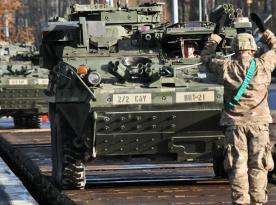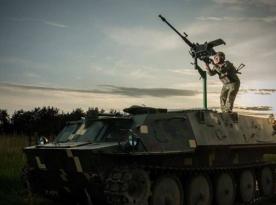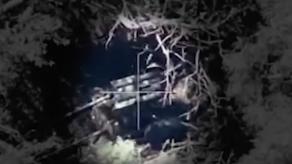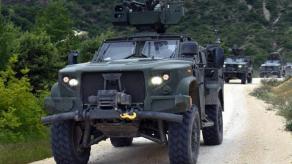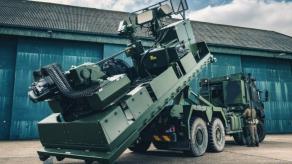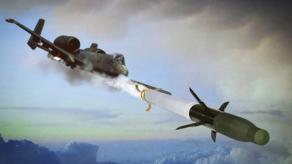The Strategic Communications Directorate (StratCom), on the occasion of the Day of Rocket Forces and Artillery of the Armed Forces of Ukraine, celebrated annually on December 4, published a greeting that, judging by reactions on social media, was perceived as a "riddle."
"The Ukrainian butterfly effect: When a butterfly flaps its wings in Ukraine, a 'storm' begins in russia," the post reads. The accompanying photo shows a control panel and an explosion.
Read more: Ukraine Ramps Up Production of Neptune and Other Missiles: What Is Known About the Rates
On December 4, Ukrainian Defense Minister Rustem Umerov announced that Ukraine had scaled up the serial production of long-range versions of Neptune missiles, capable of striking ground targets. Additionally, the Palianytsia rocket drone, developed by a private startup, has also entered serial production.
At the same time, the StratCom message contains several hints or possible traps. The first is the word "storm" in quotation marks, which appears to allude to the Storm Shadow, an air-launched cruise missile. The second is a photo of a control panel, which resembles a combat control panel for missiles in the HIMARS system.

Given this, one might speculate about entirely improbable scenarios, such as integrating the Storm Shadow missile into the HIMARS system. However, such integration is complicated by its dimensions, as the missile is 5.1 meters long, and the booster adds to its length. Meanwhile, the dimensions of a standard HIMARS launch container are designed for lengths of approximately 4 meters.
Even the integration of the AGM-158 JASSM cruise missile, which is 4.3 meters long, into GMARS (a joint project by Lockheed Martin and Rheinmetall)remains only a long-term prospect.
For clarification, the Neptune missile in its initial anti-ship version is approximately 5 meters long, including the booster. This means that fitting it into a HIMARS system is not straightforward, especially when considering an extended-range version, which would likely have even larger dimensions.
Additionally, available images of the Palianytsia clearly show that it has fixed, non-folding wings. This suggests that this cruise missile is also unlikely to be launched from a transport-launch container.
Thus, it is worth remembering that sometimes greetings are just greetings. Nevertheless, the serial production of domestic Neptunes and Palianytsias underscores Ukraine's tangible long-range capabilities.
Read more: The Brakestop Project Mirrors Ukraine’s Palianytsia Drone Concept for Surface-Based Launch





